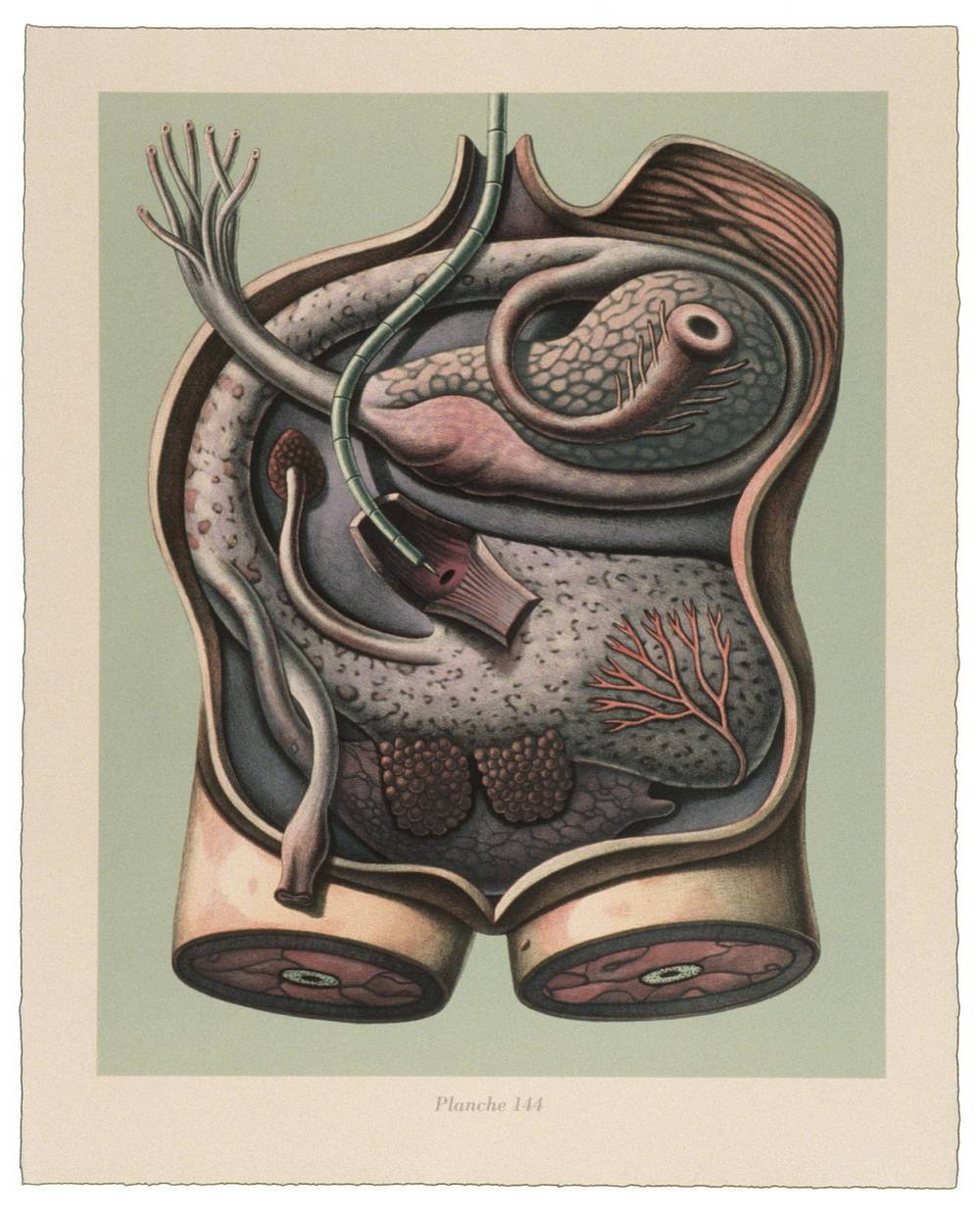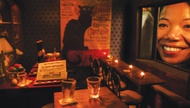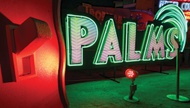On a recent trip to the Valley of Fire, I was determined to see petroglyphs. I knew they were there—I had been to the visitor’s center. I had seen the fabulously awful paintings cryptically referencing fabulously awful events cryptically illustrated in ancient wall carvings. History and legend and myth—oh my! Driving along the winding roads, eyes peeled to the cavernous rocks in one direction, my boyfriend kept saying, “There’s some!” Snapping my head, craning to see, I always seemed to just miss the drawings that were zooming by on the opposite wall. Call me a sucker, but I swear I could almost see them right where he pointed out the car window—because I wanted to see them, and he said they were there.
What we know, or choose to know, about past events usually depends on who is telling the story. How and why we absorb this information is directly related to how it is told. As “curator” of the Hokes Archives, which includes the traveling exhibition Hokes Medical Arts, currently installed at the Reed Whipple Cultural Center, artist Beauvais Lyons explores modes of presentation and interpretation. His project rests somewhere at the intersection of history, archaeology, myth, faith and literature.
More
- Hokes Medical Arts by Beauvais Lyons
- ****
- Through September 6 Reed Whipple Cultural Center
- 821 Las Vegas Blvd. N., 229-6211
“Devoted to the fabrication and documentation of rare and unusual cultural artifacts” (get it—Hokes/hoax?), the Archives are similar in sensibility to the Museum of Jurassic Technology in Los Angeles. Lyons, a professor of art at the University of Tennessee, Knoxville, has developed a project intent on restoring and cataloging the life’s work of one Everitt Ormsby Hokes. Hokes is hilariously categorized on the Archives’ website as “proto-post-Victorian,” and fortunately for Lyons appears to have pursued through his artwork the scholarly investigation of archaeology and science concurrent with the times. In their entirety, the Archives present an accumulation of “historical” information and socio-cultural archaeological research that looks very much like quantifiable fact. In Hokes Medical Arts, Lyons presents a selection of anatomical prints that claim to be originally intended for publication in a variety of scientific and medical books of the early 20th century. Part steampunk, part institutional critique, the Archives use our well-trained blind faith in archival and scientific methodologies to explore the historical imagination and lampoon its assumed veracity.
Via printmaking, the work of Hokes Medical Arts is wonderfully technological and archaic at the same time, furthering the illusion that the work is much older than it really is. Not to say that printmaking is outdated; far from it. It is responsible for some of the most vital work of the last decade. But printmaking is old-school, man—and from the Bible to Banksy it has an inherent nostalgia. As a medium it can register a place in time in a very physical way. By virtue of its mechanized nature, it does much to erase the hand of the artist. Conversely, that same process gives the work a very intimate essence. Lyons himself describes the conceptual potential of the medium as a kind of “middle ground” where mechanical reproduction and artistic personality might oddly convene.
More importantly, this show just has great prints, successful beyond the conceit of a scientific journal. As might be suspected, the surreal imagery is reminiscent of an illustrated Victorian medical text, all large intestines and diagrammatic breakdowns of body parts. Well, kind of. Is that a lung or a slice of ham? Is that a smiley face or a benign collection of cardiovascular bits? The subtle humor, soft palette and romantically organic qualities counterpoint any potential grotesquery. Although all are anatomically organ-like, some of the most successful pieces are very graphic in nature, abstracted bulbous shapes that look like letters from an almost-illuminated manuscript. Although it’s scattered with lovely colored-pencil renderings, lithographs dominate the exhibition in every way. Velvety and lush, the prints are terrifically well done and hugely satisfying.
The Fortean nature of Lyons’ endeavor is quaint, but its timeliness is notable. To paraphrase Lyons, history as memory is always selective, and the historian contributes to our understanding not through accuracy but rather by shaping the interpretation of fact. History may be written by the victor, but the historical moment we are living is shaped by whom we allow to interpret the information for us.





Previous Discussion: